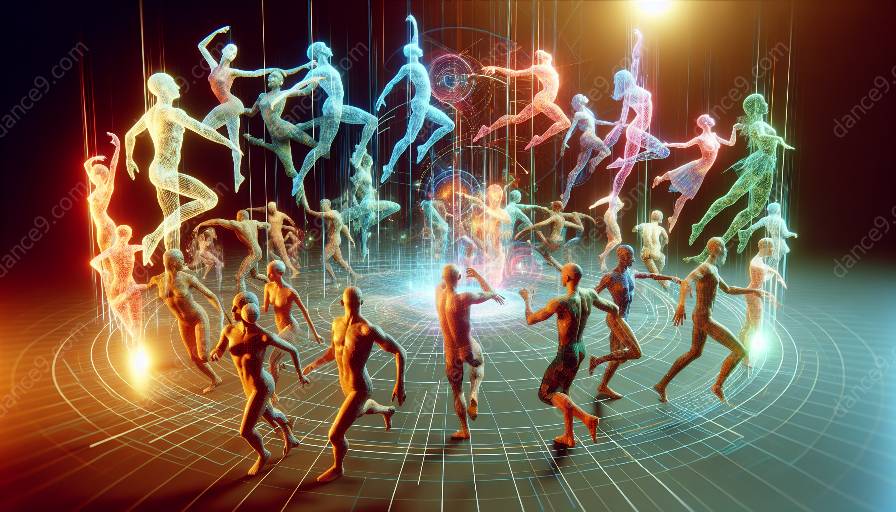As dance continues to evolve in tandem with advances in technology, the ethical considerations of using holography in the context of dance performances have come to the forefront of discussions within the dance community. Holography, the technique of creating three-dimensional images, poses both opportunities and challenges for dancers, choreographers, and the audience. These ethical considerations encompass a range of complexities, from artistic integrity and consent to the impact on audience experience and the preservation of the traditional dance form.
Artistic Integrity
Holography in dance performances raises questions about artistic integrity, blurring the lines between live and recorded performances. Traditional dance emphasizes the raw, immediate connection between the dancers and the audience, which holographic presentations may potentially disrupt. Choreographers and dancers must carefully consider the balance between embracing technological innovation and preserving the authenticity and intimacy of live dance performances.
Consent and Representation
Another pivotal ethical consideration revolves around consent and representation. The use of holography in dance raises concerns about representing dancers without their explicit permission, potentially infringing on their rights and autonomy. Dancers' identities, movement styles, and expressions can be manipulated in holographic displays, necessitating clear guidelines and consent processes to ensure respectful and ethical representation.
Audience Experience and Engagement
The integration of holography in dance performances also profoundly impacts the audience experience. While holography offers immersive and visually captivating spectacles, it may detract from the interpersonal and emotional connection forged in live performances. Understanding the audience's expectations and ensuring transparency about the use of holography becomes essential to maintain ethical audience engagement.
Impact on Dance Tradition
When exploring the ethical implications of holography in dance, it is crucial to consider the impact on the preservation of dance tradition. Holographic presentations could potentially overshadow traditional dance forms, leading to a dilution of cultural heritage and the erosion of embodied dance practices. Striking a balance between innovation and cultural preservation becomes imperative in ethically integrating holography into the dance domain.
The Intersection of Dance and Technology
Holography's intersection with dance technology brings forth a multitude of ethical considerations, fostering dialogue and deliberation within the dance community. While ethical dilemmas may emerge, the collaboration between dance and technology opens doors to groundbreaking artistic expressions and boundary-pushing performances.

































